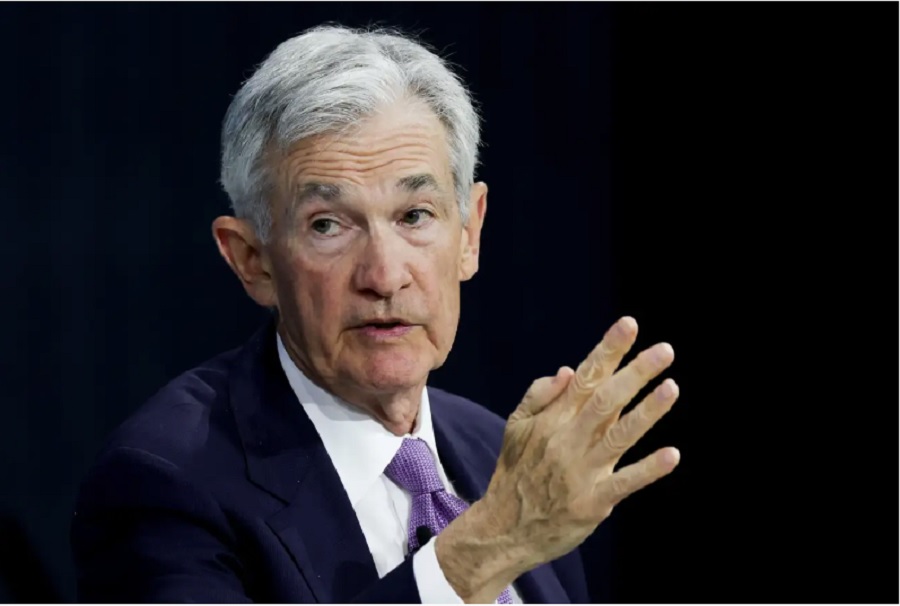Outlook for central banks’ monetary policy
Central bankers might have more to think about their monetary policy, because the Fed is pausing and the US dollar is surging.

Policymakers around the world are undoubtedly casting a wary eye towards the US. Because the incoming Trump administration seems likely to adopt many policies that could be detrimental to the rest of the world, not least tariffs. But now central bankers might have more to think about because the Fed is pausing and the US dollar is surging, all of which could upset the plans of many to ease policy further.
The idea that central banks outside of the US are in some way beholden to the Fed to give them scope to move policy rates is ever present and does not just relate to emerging market central banks. So, the likelihood that the Fed is about to embark on a short pause (virtually certain), a long pause (very possible), or worse still, a return to hikes (unlikely) is of importance to overseas central banks.
Can other developed-country central banks continue to ease if the Fed stops or, worse still, starts to hike again? Steven Barrow, Head of Standard Bank G10 Strategy, thinks that they can, but there might still be lots of problems. One thing to bear in mind is that most developed country central banks (the BoJ is the outlier) still seem to have some way to cut before reaching more desirable levels. The SNB, Bank of Canada and the Riksbank could well be closer to the end of the cycle than the start, given their aggressive cuts, but others, like the ECB, may be little more than half-way through. The Bank of England has only just made a start and, of course, some central banks, such as those in Australia and Norway have not started to cut at all.
In short, while a Fed pause or reversal might, in theory, make some central banks cautious about delivering the last throes of the easing cycle, most banks have still got some way to go, and we think that will encourage them to keep going even if the Fed pauses for some time. Another factor that keeps us relatively sanguine is that many central banks began their easing cycles ahead of the Fed, and yet their currencies did not come under huge pressure. This hints that currencies might not be as sensitive to a temporary divergence in rate-cutting cycles as we might have seen in the past, or as overseas central bankers might fear.
There is also the consideration that central banks in the developed countries might be willing to see currency weakness against the US dollar if it allows them to continue policy easing. The key here is whether central banks ascribe local currency weakness to broad US dollar strength, or whether domestic failings are weighing on sentiment; something we may be seeing in the UK at the moment. If that happens then central banks may be playing with fire by easing policy, as opposed to a situation where local currency weakness against the dollar is clearly just a symptom of dollar strength.
Another consideration for overseas central banks is whether US government policy starts to weigh on local decisions, and here we clearly mean tariffs. For if the US levies hefty tariffs on imports, with limited reciprocity from overseas governments, the implication is likely to be weaker growth and downward pressure on inflation. That’s something that is more likely to make central banks determined to ease even if the Fed’s policy response is the opposite (or at least a long pause) because tariffs risk higher US inflation. Of course, if, as seems more likely, other countries retaliate in the face of US tariffs, then that could hit growth even harder but also produce higher inflation, and that would be a real quandary for central banks. On balance, though, we still suspect it would leave them more inclined to ease policy.
“The bottom line is that we do not think that G10 central banks will allow their aspirations for easier monetary policy to be compromised by a pause in Fed easing, and possibly not even if the Fed has to hike again. The exchange rate is there to act as a shock absorber in these situations and, as long as currencies don’t experience a really abject collapse against the US dollar, it seems likely that central banks will continue to push rates down to wherever they feel a more neutral setting might be”, said Steven Barrow.








